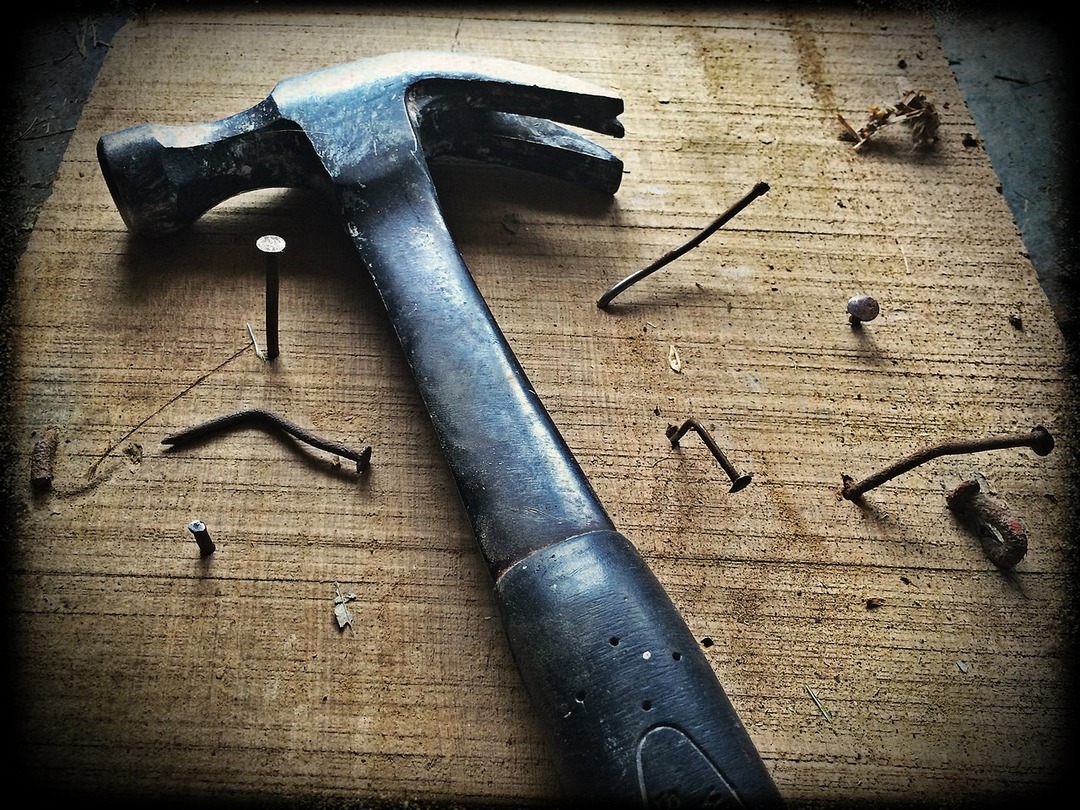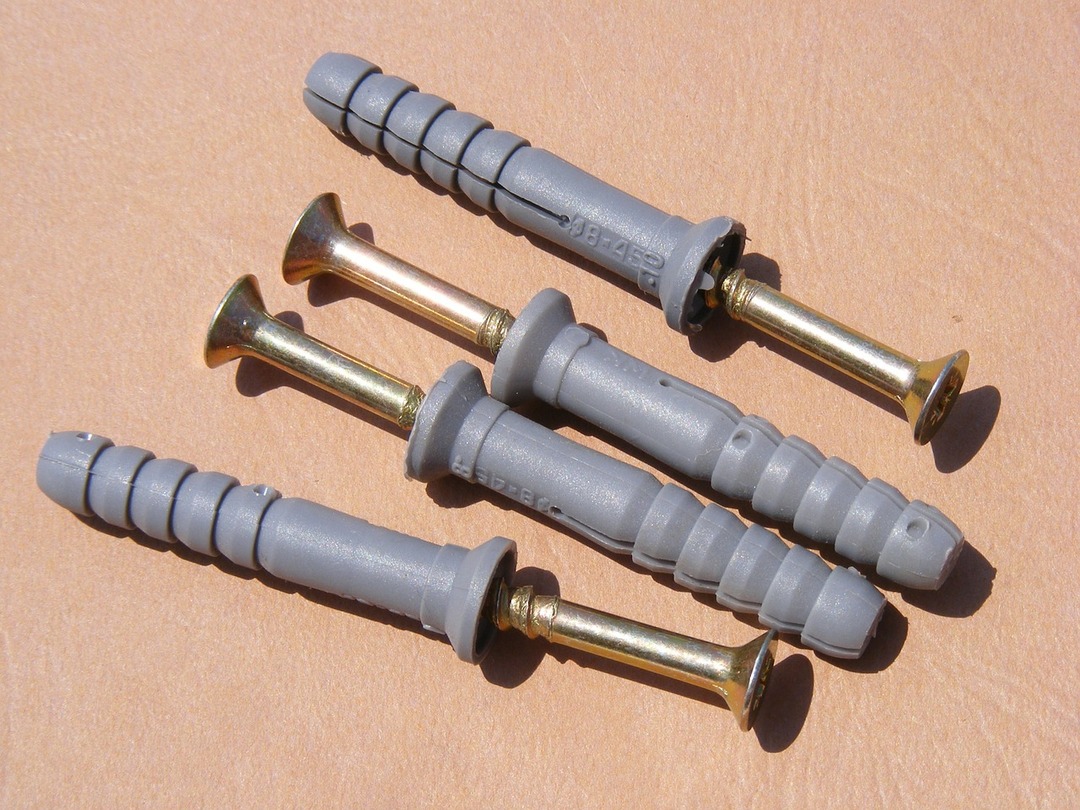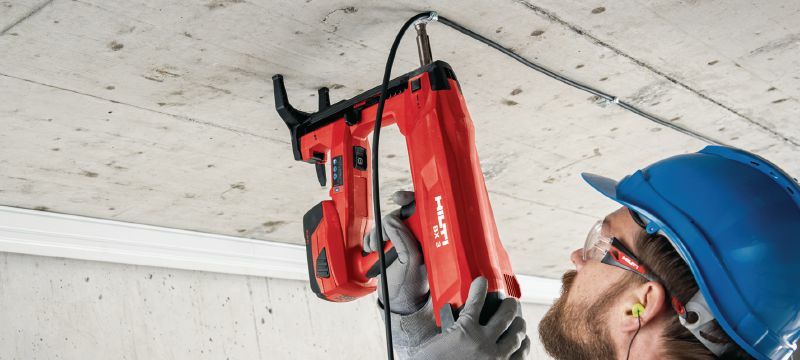It would seem that the science of hammering in nails is simple: they marked the right place, put the tip to the mark and hit the head several times with a hammer. Voila? May be. But only on condition that the fasteners were driven into a malleable material - like wood, for example.
But in the case of concrete, such tactics, at best, will only serve as an excuse for ridicule and damage to consumables. At worst, it can lead to unpleasant injuries in the form of broken fingers. There are three main methods of driving nails into a concrete wall to avoid this outcome.

@Andy Gries, Pixabay
The content of the article
- How to drive a simple nail
- How to drive a nail dowel
- Is it possible to hammer in a nail without drilling a wall
How to drive a simple nail
Concrete and brick are durable and fragile materials. Trying to drive fasteners into such a base with just one hammer, many get only two result: the nails bend and do not want to enter the wall, or they do enter, but stay there frankly bad.
Important! In the case of a brick wall, the search for the boundaries of the masonry does not make sense - by driving the nail into the solution between the blocks, you can get only a very unreliable fastening.
But all this can be avoided if you get a drill with a victorious drill, a piece of wood, a knife, a hacksaw and a hammer. First, you should arm yourself with a drill and drill a hole of the required depth in the intended place. Then a wooden chopik should be made, the diameter of which will correspond to the diameter of the hole, but its length should be slightly larger than the length of the fastener (or the depth of the hole).
The next step is to drive the chopik all the way in, after which its protruding part should be carefully sawed off flush with the wall. And when this mission is completed, the turn of the nail comes. Having directed its tip so that it is in the center of the chopik, they take a hammer in their free hand and use it to drive the fasteners to the required depth.

@byrev
How to drive a nail dowel
In this case, the procedure is somewhat simpler, since the dowel, which can be made of plastic or metal, plays the role of a chopik. And this means that you only need to drill a hole of the required diameter and corresponding depth, drive a dowel into it, and screw the metal screw from the kit into it.
The advantages of using such consumables are not only in the ease of installation. Of no less importance is the reliability of the fasteners, which is ensured by the special design of the dowel itself - some of options oriented to long-term operation, even deliberately dismantling is quite difficult, not just by accident pull out.

@ hilti.lv
Is it possible to hammer in a nail without drilling a wall
There is also such an option. True, for its implementation you will need special nails for concrete (their shape vaguely resembles the shape of a bullet) and a nail gun.
The procedure in this case is simplified to a disgrace: you just need to aim at the intended place with a loaded pistol and press the trigger. That is why teams of professional builders acquire this tool. Well, for those who need to hammer in just one nail in order to hang a picture or a clock, it is recommended to choose one of the first two options.
Subscribe to our Social Networks